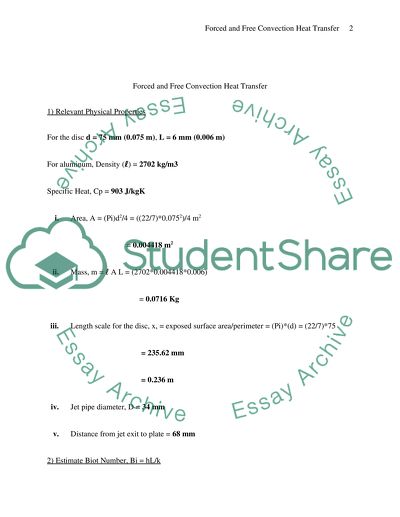Retrieved from https://studentshare.org/engineering-and-construction/1682862-measurement-of-forced-and-free-convection-heat-transfer-coefficients
https://studentshare.org/engineering-and-construction/1682862-measurement-of-forced-and-free-convection-heat-transfer-coefficients.


